This is the first in a two-part series relating history of the Rice house, an historic building in Logandale which was recently demolished. Click here for Part 2.
By VERNON ROBISON
The Progress
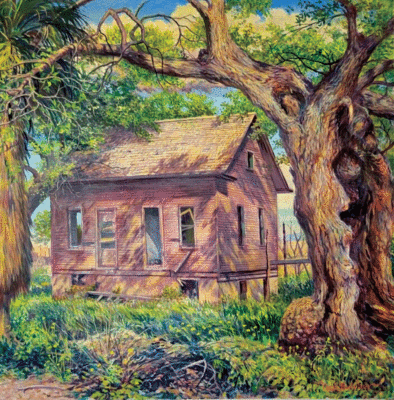
To the eyes of most folks, it was just an old abandoned building – a dilapidated and weathered wooden structure, gaping open to the elements with no windows or doors, and appearing near the point of collapse. Yet it had stood on the east side of Rice Road in Logandale, just south of the old Overton irrigation ditch, for more than a hundred years.
Then last month, suddenly, the old house wasn’t there anymore. A new owner of the property, apparently seeing it for the obvious liability that it posed, had it torn down and completely removed within a couple of days.
Today, nothing remains of the old Rice House; not a scrap of weathered lumber, a chunk of plaster or even a sign of a concrete foundation. Without much fanfare at all, one of the oldest houses in the Moapa Valley met its end – and with it a long-standing reminder of the Moapa Valley’s early history.
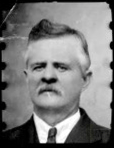
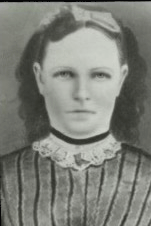
Rice family comes to M.V.
The story of the old Rice house begins with Henry Rice who was born in 1851 in North Ogden, Utah.
When Henry was 15 years old, his father, Asaph Rice, received an assignment from the Mormon prophet Brigham Young to relocate his family and to help settle the “Cotton Mission” which included southern Utah and part of what is now southern Nevada.
Asaph eventually ended up moving his family to the Muddy River valley; first to a community called West Point, near present day Moapa; and later on to St. Joseph, now Logandale.
In 1871, the Muddy Mission was disbanded and Asaph moved his family to Spring Valley, Nevada in Lincoln County,
As a young man, Henry worked for a time carrying the mail from Hiko to St. Thomas below Overton.
In 1873, he married Marie Christina Hansen, known as Mary. The couple had ten children.
Henry was active in the community. He was elected twice to the state legislature in 1884 and 1888. He eventually served as postmaster in Spring Valley beginning in 1896. He also was a partner with his brothers in a ranch operation in Spring Creek.
Mary died unexpectedly of a stroke in 1899 when their youngest child, Marguerite, was only 4 years old. It was a difficult turn of events for Henry and his family.
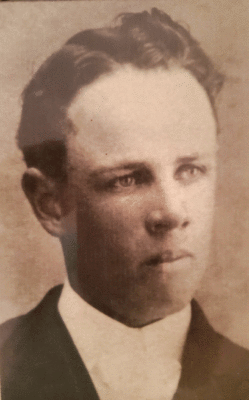
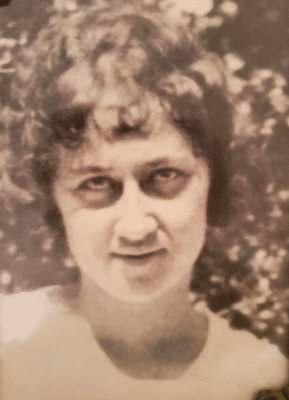 In 1909, Clark County was newly established in the southernmost part of Nevada. The new county was being advertised far and wide to draw ranchers and farmers to the area. A popular ad slogan of the day was: “Take care of ten acres in Clark County and ten acres in Clark County will take care of you.”
In 1909, Clark County was newly established in the southernmost part of Nevada. The new county was being advertised far and wide to draw ranchers and farmers to the area. A popular ad slogan of the day was: “Take care of ten acres in Clark County and ten acres in Clark County will take care of you.”
Weary of the cold winters in Spring Creek, and recalling the mild winters of his youth spent in the Muddy Valley, Henry decided to look into it. He took a trip to Moapa Valley and liked what he saw. Within a few days he had purchased 40 acres of land in the area straddling Rice Street in what is now Logandale.
Within a short time, he had sold his Lincoln County ranchland and all its livestock and moved to Moapa Valley.
Members of the family initially lived in a temporary house on the property. But the next year a proper home was built on the old road that became Rice Road.
The Rice House
At that time, the Rice house was probably the nicest home in the area. It was made of redwood, probably brought in from California. This made it more impervious to the harsh desert elements and to termites and other insects.
With most other homes in the community being constructed using adobe, the Rice house was the first framed house built in the community. At only about 750 square feet, the house had four rooms. It also had a concrete cellar below it.
Henry quickly became involved in his new community and the home became a meeting place for various civic and social gatherings. He was elected to the local school board. He was also a member of the local Flood Control District which coordinated the eventual construction of the flood channel. He helped to promote and finance a new flour mill in Overton which was helpful for farmers in the area.
In 1918, Henry ran for the office of Clark County Commissioner and won the seat. He served on the commission for ten years, retiring in 1928. He passed away in 1930 at the age of 79.
Land trade in the family
Henry’s fourth child and first son, Henry Rice Jr., was born in Spring Valley in 1881. At the age of 27, he came with his father to Logandale to help set up the new farm.
Henry Jr. married late in life for that time. In 1927, at the age of 46, he married Priscilla Lyman, who had grown up in Moapa Valley: first St. Thomas and later moving to Logandale. Priscilla was 20 years younger than Henry, having been born in 1901.
As a wedding present, the new couple received a parcel of real estate located in what was then the small railroad-stop town of Las Vegas.
According to family members, the gifted property was located on Fremont Street, in the area that became Las Vegas Blvd.
Henry Jr. wasn’t sure how he could make a living off of the ‘in-town’ parcel in Las Vegas. So he traded it for the 40-acre farm in Logandale.
It is a bit unclear among his living descendants whether the transaction was made directly from father to son with Henry, Sr.; or whether there had been another owner of the property in between. But Henry, Jr. ended up with the land. He and Priscilla took up permanent residence in the house. Henry lived there for the rest of his life.
Henry and Priscilla had four children there, all born in the house. These included three sons: Henry (called Hank), John, Jim; and one daughter, Fern, who was the youngest.
Editor’s Note: This article was written by drawing on a variety of different historical source material. A history of Henry Rice Sr., written in the 1960s by his daughter Marguerite Rice Lyman was chief among these sources. Also the local history book “Moapa Valley Reflections” by Beezy Tobiasson and Georgia Hall had a number of important sources. I also appreciate the help of Fern Rice Barber’s children who scoured their family records, looking for photos and other documents.








![ElectionAd [Recovered]2](https://mvprogress.com/wp-content/uploads/2024/05/4-24-2024-FC-ElectionAd-Finalv3.jpg)


1 thought on “Fond Memories Of An Iconic MV Home”
Sad that a historic home is now torn down. Fond memories of it….